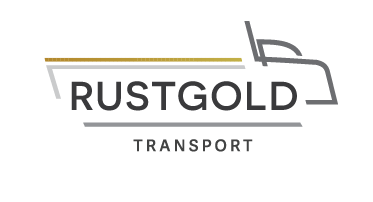Claiming VAT input on “pre-enterprise” expenditure
Section 18(4) of the VAT Act provides relief for persons incurring expenses in the form of goods or services being supplied to them in anticipation of a VAT enterprise being set up. In terms of that provision, and notwithstanding section 17, where VAT is paid on goods or services acquired by a person and those goods or services will subsequently be supplied as part of a VAT enterprise, those goods or services on which VAT was paid historically will be deemed to have been supplied to that VAT vendor only at the stage that those goods or services are used by it to supply its own VAT supplies. In other words, the provision enables the person, who earlier would not have been able to enter a claim for input tax, to claim input tax on those goods and services supplied to him/her previously, before becoming a VAT vendor.
The relief is not only limited to goods or services supplied to the now-VAT vendor and on which VAT was paid, but also extends to second-hand goods which were previously acquired by it and is now also used in the furtherance of its VAT enterprise.
From a practical perspective, we often find in practice that SARS disallows such claims for input tax on the basis that the claiming vendor’s VAT number does not appear on the invoice which it would submit in support of its input VAT claim subsequently. This is obviously incongruous, since the VAT-claiming vendor under these circumstances could not have had its VAT number appear on the invoice of another vendor which supplied goods or services to it, simply since the vendor would not have had a VAT number at that stage, yet is perfectly eligible to submit a VAT input claim in terms of the provisions of section 18(4). We would argue that SARS’ approach is contradictory to the wording of section 20(4)(c) of the VAT Act which requires the following to appear on invoices submitted by vendors in support of an input tax claim:
“… the name, address and, where the recipient is a registered vendor, the VAT registration number of the recipient”.
Clearly, where a vendor submits an invoice to claim input VAT on “pre-enterprise” expenditure incurred, that vendor will not have been a registered vendor at that time, therefore in our view highly arguably not required to have its own VAT number on an invoice in order to support a claim for input VAT on “pre-enterprise” expenditure.
This article is a general information sheet and should not be used or relied on as legal or other professional advice. No liability can be accepted for any errors or omissions nor for any loss or damage arising from reliance upon any information herein. Always contact your financial adviser for specific and detailed advice. Errors and omissions excepted (E&OE)

